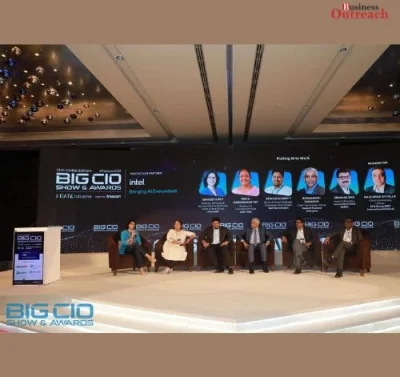To improve financial inclusion, RBI introduces a cutting-edge public digital platform that connects lenders and borrowers in a frictionless manner.
Beginning today, August 17, 2023, the Reserve Bank of India (RBI) Public Tech Platform is a pilot initiative for simple loan distribution by bringing together lenders and borrowers.
To increase credit penetration into underserved areas, the platform would provide non-collateral Micro, Small and Medium Enterprises (MSME) loans, Kisan Credit Card loans up to Rs 1.6 lakh per borrower, and dairy, personal, and house loans through collaborating banks.
What’s the Platform’s functioning?
The platform intends to develop a shared area where different federal and state government agencies, banks, credit information providers, digital identification authorities, etc. may share data for credit evaluation.
The information needed for credit evaluation is readily available from organisations like banks, account aggregators, federal and state governments, credit information firms, digital identification authorities, etc. for digital credit delivery. However, because they use different systems, it is difficult to offer rule-based lending quickly and without delay, according to the RBI.
The digital platform is anticipated to improve the loan process by gathering this data and bringing transparency, efficiency, cost savings, quicker distribution, and scalability.
“The platform shall enable linkage with services such as Aadhaar e-KYC, land records from onboarded state governments (Madhya Pradesh, Tamil Nadu, Karnataka, Uttar Pradesh, and Maharashtra), Satellite data, PAN validation, transliteration, Aadhaar e-signing, account aggregation by account aggregators (AAs), milk pouring data from select dairy co-operatives, house/property search data etc.,” RBI says.
The public tech platform, according to KreditBee co-founder and CTO Karthikeyan K, would streamline the flow of digital data to lenders, resulting in more seamless loan distribution. He claims that this will lead to decreased costs, faster delivery, and improved scalability.
A plug-and-play connection between players is made simple by the platform’s open architecture and open application programming interface (API) standards.
According to Souparno Bagchi, COO of Balancehero India, “the introduction of RBI’s public digital platform for frictionless credit is a ground-breaking initiative with significant benefits for lenders. By using open APIs, this effort streamlines the integration of crucial financial data and increases operational effectiveness. Processes are streamlined by centralising data about potential borrowers on one platform.
According to Bagchi, “the ‘plug and play’ paradigm’ stimulates innovation, moving the lending industry towards better accessibility, cost savings, and efficiency.
Anil Pinapala, founder and CEO of Flexpay by Vivifi, claims that NBFCs and fintech firms would soon be allowed to use the platform. The author argues that quick and accurate underwriting is made possible by integrating information from the banking, credit, business, and governmental sectors.
During the trial, RBI intends to expand the scope and coverage to include other products, information providers, and lenders based on the lessons learned from this initiative.















